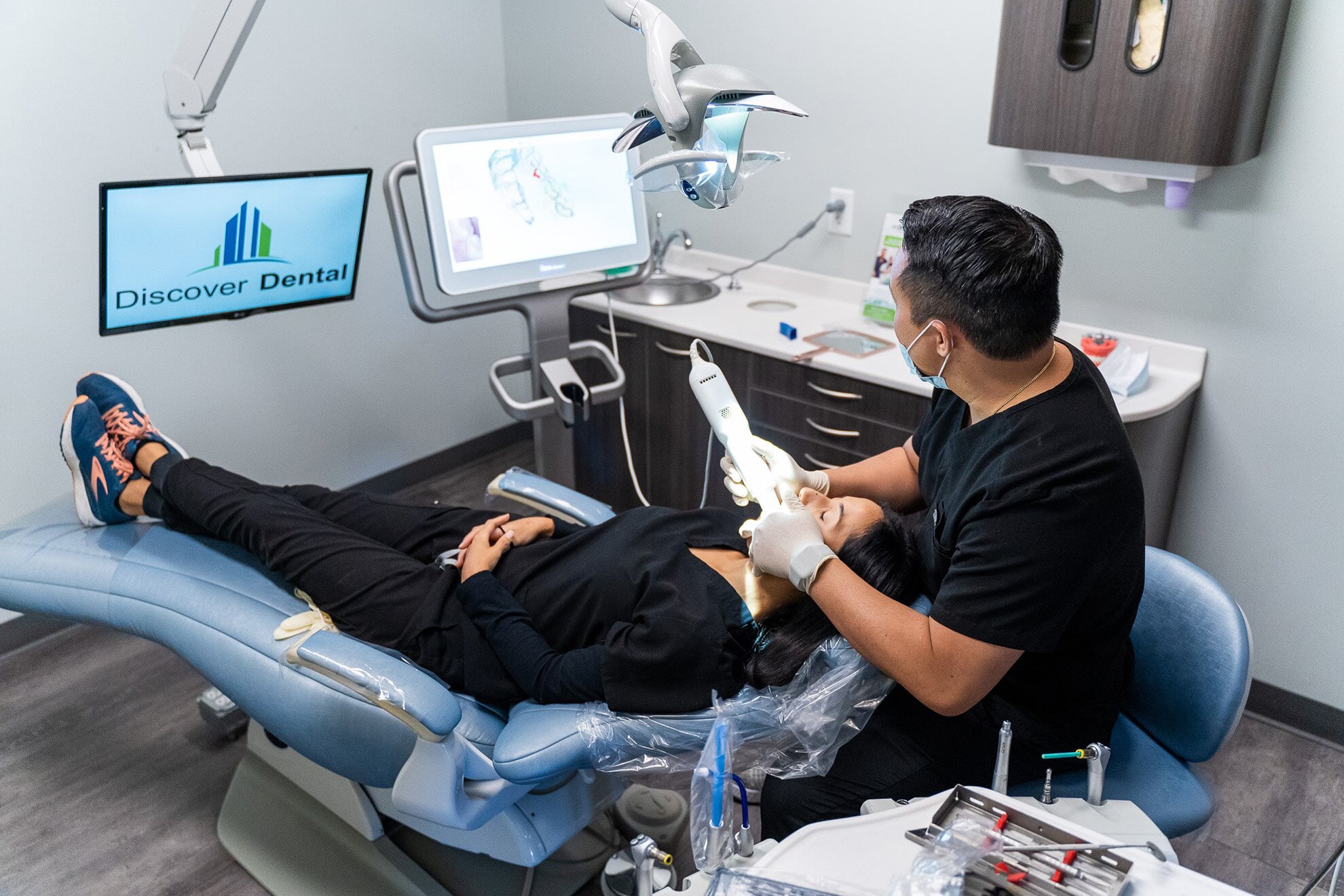Dental implant surgery is a game-changer when it comes down to regaining a gorgeous smile and recovering oral functionality. Dental implants offer an everlasting solution for substituting vacant teeth, providing strength, natural aesthetics, and firmness to the teeth. Technology has a major function to perform in order to ensure the success of dental implant procedures. Within the last few years, technological advancements in the field of dental technology have transformed the ways of this field, enhancing accuracy, effectiveness, and the results of numerous patients. So, read this article to find out what are the fascinating ways in which technology has changed dental implant surgery. To know more, visit a dental implant specialist near me in Houston, TX.
The Power of Imaging
The use of 3D imaging approaches is one of the essential technological advancements in dental implant surgery; it uses technologies like cone-beam computed tomography (CBCT). This technology offers clear and three-dimensional pictures of the jawbone of the patient, permitting dental professionals to precisely evaluate neighboring structures, bone density, and nerve pathways. By utilizing this information, dental professionals can make a personalized treatment program, making sure of the best implant arrangement and decreasing any chance of difficulties. The benefit of 3D imaging is that it improves accuracy, diminishing the possibility of blunders at the time of the surgical procedure.

Virtual Planning and Guided Surgery
Suppose there is one tool that has been regarded as an invaluable tool in dental implant surgery. In that case, it has to be virtual planning software. It has facilitated dental professionals to virtually plan the whole process even before starting to work on a patient's mouth. By utilizing highly advanced software, these can position implants digitally, examine the quality of the bone, and select the perfect place for the best aesthetics and function. This virtual planning permits more significant predictability and assists dental professionals in visualizing possible difficulties, allowing them to create plans to gain mastery over them.
What takes virtual planning a step further is the advancement in technology in the form of Guided surgery. Dental professionals can use the virtual treatment plan in order to make surgical guides that function as a pathway at the time of placing the implant. These guides are made differently for each patient according to their needs, giving special attention to accurate and precise positioning of the implant. Guided surgery simplifies the procedure, decreases the time taken by the surgery, and improves all-around success rates.

Minimally Invasive Techniques
The surgical process of dental implant surgery in Houston Heights has nearly evolved as completely minimally invasive, and all the credit goes to technological advancements. In earlier times, dental professionals used to do vast incisions in order to access the jawbone to position the implant. But in current times, due to the minimally invasive strategies and the beginning of flapless surgery, the size of incisions has become quite smaller compared to the earlier times, providing a significant reduction in post-operative pain and minimizing the recovery time. This is accomplished with the help of the utilization of computer-guided implant systems, which facilitate precise placement of the implant without leaving marks of large incisions.
Conclusion
Technology has changed the dimension and the whole procedure of dental implant surgery, transforming the conventional methods that dentists use to approach treatment planning, surgical techniques, and the final outcomes. Welcome the benefits of technological advancements and start a journey to a healthy and confident smile with dental implants for any age group, from children to adults. For more information, consult Pediatric Dentistry near me in Houston Heights.
Comments